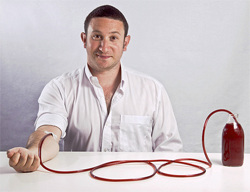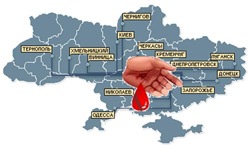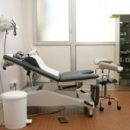Urine on the analysis by the method of the non-Corphenko's method is offered to pass when the indicators of general urine analysis for an indefinite reason do not correspond to the norm.
What the study shows
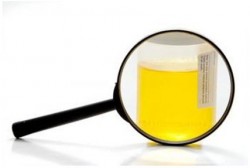
Using this procedure, you can detect hidden inflammation processes in the urinary system. The presence of an inflammatory process is judged by the content of uniform elements in 1 ml of urine. Under uniform elements, erythrocytes, leukocytes and cylinders. Consider them in more detail.
Erythrocytes.
From the school course anatomy, these elements were remembered by many as red blood tales. Cells are of paramount importance for our health: hemoglobin, which they contain, transfers oxygen to feed tissues. It is hemoglobin that blood is obliged to be a scarlet color. The urine of a healthy person is free from red blood cells, and their presence talks about the development of certain pathological processes in the kidneys and urinary tract.
Leukocytes.
These substances - «Guardies» Our immune system. If you get into the body, suspicious foreign elements of leukocytes will certainly try to neutralize and eliminate them. In the urine of a healthy man leukocytes no. If the analysis indicates their presence, this is a serious reason for concern: in the kidneys, urinary bubble, ureters, urethra, Prostate (Men), most likely, the inflammatory process is distributed.
Cylinders.
These are substances of protein origin that appear in the renal tubules in the malfunction system failures. Also, the cylinders include erythrocytes, so-called granular cylinders, and protein cells (hyaline cylinders). Figuratively speaking, cylinders are imprints of the inner walls of the kidney channel. They consist of a substance of protein nature, which accumulates as a result of kidney disease. Alkaline urine reaction quickly dissolves cylinders. Ideally, they are generally not formed in the urine.
Testimony for analysis

How to determine the rate and pathology based on the results of the analysis
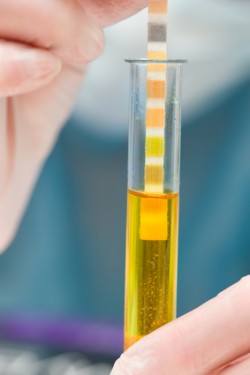
Analysis of urine preparing for one day. The laboratory will calculate how many cylinders, erythrocytes and leukocytes contain 1 ml of urine. If, in addition to these elements, pathogenic bacteria and epithelium cells will be found in the urine, this information will be defined in the direction that the doctor issued to the patient.
Decoding data analysis.
In the urine of a healthy person contains no more than 20 cylinders, up to 2 thousand. leukocytes and up to 1 thousand. erythrocytes, there are single epithelial cells, and outsided bacteria and protein is not at all.
The overestimated number of leukocytes in the urine is called leukocyteuria. The high concentration of these elements in the urine is a direct sign Pyelonephritis, Custitis, Formation of kidney stones.
Illuminated indicators of the number of erythrocytes speak of hematuria. Often this condition is observed in pyelocystitis, chronic renal failure, glomerulonephritis, tumors, urolithiasis.
Nephrosis, pyelonephritis, renal disease, tumors in kidneys, glomerulonephritis are a direct cause of increasing the number of cylinders in the urine.
It should be noted that the pregnant women are acceptable indicators approximate to the maximum number of norms. It is possible to explain it with increased daisy diuresis and features of the general health status of pregnant.
What are the analyzes of children
The presence of red blood cells in the urine of the child indicates, as a rule, on the renal disease, the exacerbation or chronic flow of glomerulonephritis, the defeat of the urinary tract and the kidney tuberculosis, tumors.
If the normal level of leukocytes is exceeded, the doctor may suspect the pyelonephritis, cystitis or nephrolithiasis in a small patient.
Infectious pathological processes in the urinary system of the children's body, as a rule, increase the concentration of leukocytes and erythrocytes in the urine, without affecting the number of cylinders.
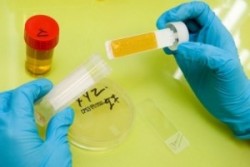
The norm of shaped elements in the urine in the child is the same as in an adult. It should be noted that the data of the analysis may affect the quality of the treatment of genital organs before collecting urine. The doctor is definitely informed if the average portion of urine for research was not possible (for example, the child is too small).
In determining the diagnosis, a specialist takes into account the results of the research on the method of Nechiporenko in a complex with other analyzes and the general state of the patient.



